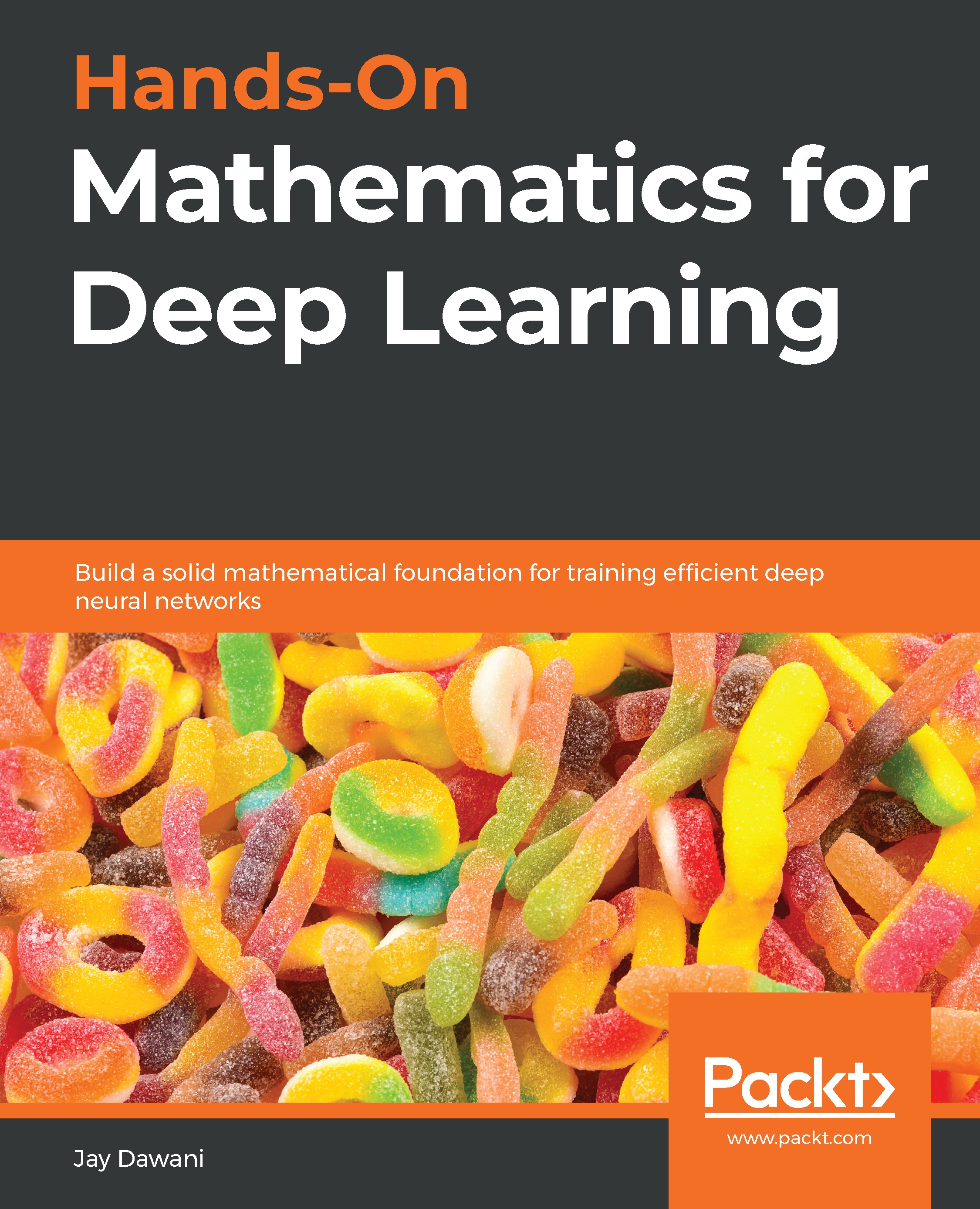- 中图分类号: TP1
- 语种: ENG
- 出版信息: Packt Publishing 2020 347页
- EISBN: 9781838641849
- PISBN-P: 9781838647292
- 原文访问地址:
KG评星
知识图谱评星,是一种基于用户使用的评价体系,综合图书的评论数量、引文数量、Amazon评分以及图谱网络中节点的PageRank值(即考虑相邻节点数量和重要性)等多种因素计算而得出的评价数值。星级越高,推荐值越高。CAT核心级
核心学术资源(CAR)项目作为教图公司推出的一项知识型服务,旨在打造一套科学、有效的图书评价体系,并协助用户制定相应的馆藏建设方案。CAR项目调查和分析12所世界一流大学的藏书数据,以收藏学校的数量确定书目的核心级,核心级越高,代表书目的馆藏价值越高。选取核心级在三级以上,即三校以上共藏的图书作为核心书目(CAT)。A comprehensive guide to getting well-versed with the mathematical techniques for building modern deep learning architectures Key Features • Understand linear algebra, calculus, gradient algorithms, and other concepts essential for training deep neural networks • Learn the mathematical concepts needed to understand how deep learning models function • Use deep learning for solving problems related to vision, image, text, and sequence applications Book Description Most programmers and data scientists struggle with mathematics, having either overlooked or forgotten core mathematical concepts. This book uses Python libraries to help you understand the math required to build deep learning (DL) models. You'll begin by learning about core mathematical and modern computational techniques used to design and implement DL algorithms. This book will cover essential topics, such as linear algebra, eigenvalues and eigenvectors, the singular value decomposition concept, and gradient algorithms, to help you understand how to train deep neural networks. Later chapters focus on important neural networks, such as the linear neural network and multilayer perceptrons, with a primary focus on helping you learn how each model works. As you advance, you will delve into the math used for regularization, multi-layered DL, forward propagation, optimization, and backpropagation techniques to understand what it takes to build full-fledged DL models. Finally, you’ll explore CNN, recurrent neural network (RNN), and GAN models and their application. By the end of this book, you'll have built a strong foundation in neural networks and DL mathematical concepts, which will help you to confidently research and build custom models in DL. What you will learn • Understand the key mathematical concepts for building neural network models • Discover core multivariable calculus concepts • Improve the performance of deep learning models using optimization techniques • Cover optimization algorithms, from basic stochastic gradient descent (SGD) to the advanced Adam optimizer • Understand computational graphs and their importance in DL • Explore the backpropagation algorithm to reduce output error • Cover DL algorithms such as convolutional neural networks (CNNs), sequence models, and generative adversarial networks (GANs) Who this book is for This book is for data scientists, machine learning developers, aspiring deep learning developers, or anyone who wants to understand the foundation of deep learning by learning the math behind it. Working knowledge of the Python programming language and machine learning basics is required.







 京公网安备 11010602104826号
京公网安备 11010602104826号
